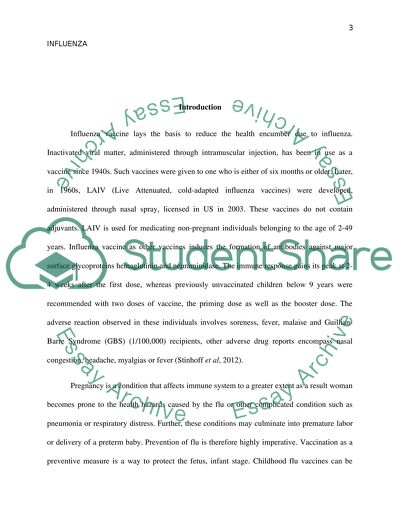Cite this document
(“Influenza Vaccine During Pregnancy Research Paper”, n.d.)
Retrieved from https://studentshare.org/biology/1449287-influenza-vaccine-during-pregnancy
Retrieved from https://studentshare.org/biology/1449287-influenza-vaccine-during-pregnancy
(Influenza Vaccine During Pregnancy Research Paper)
https://studentshare.org/biology/1449287-influenza-vaccine-during-pregnancy.
https://studentshare.org/biology/1449287-influenza-vaccine-during-pregnancy.
“Influenza Vaccine During Pregnancy Research Paper”, n.d. https://studentshare.org/biology/1449287-influenza-vaccine-during-pregnancy.


